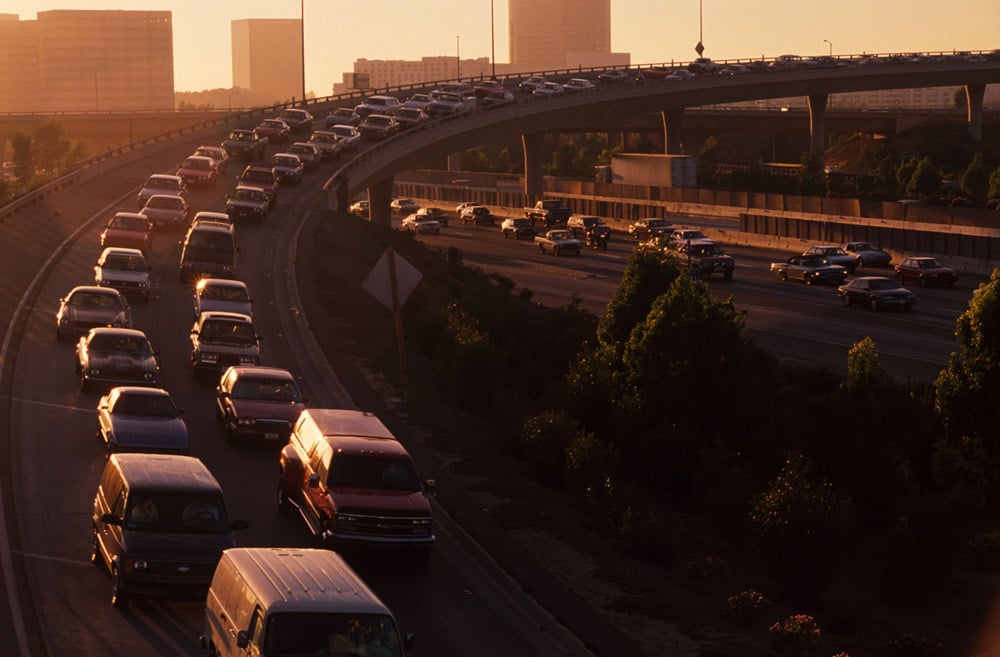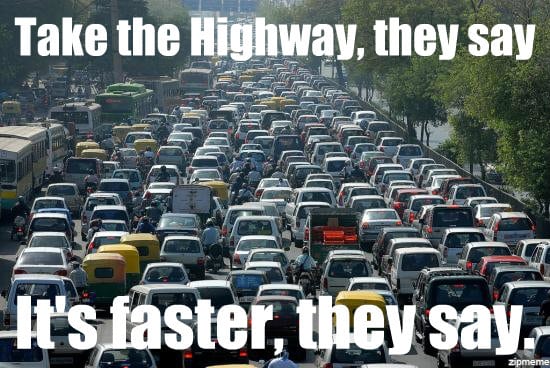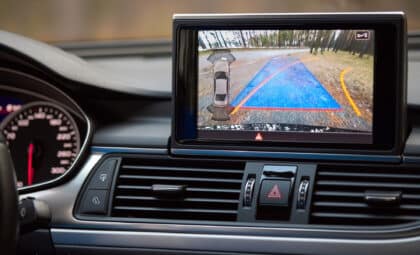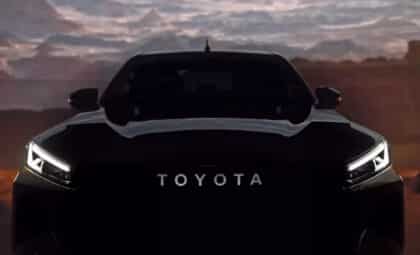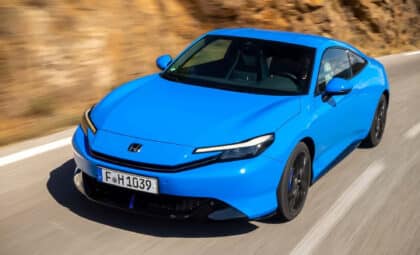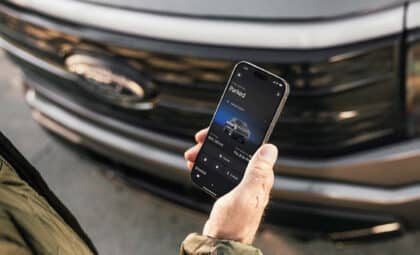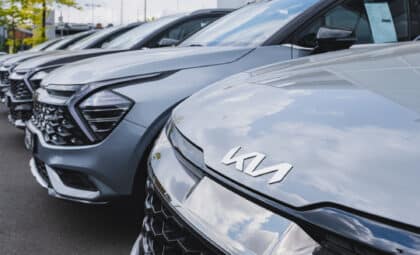Have you ever been driving down the highway, and a traffic jam appears, seemingly out of nowhere? You know, those traffic jams where you sit there, thinking “There must be a wreck or something up there,” but when you arrive at the other end, there is simply nothing there but wide open, unobstructed highway? If so, you must have, like I have, wondered, “What gives?”
Well, watch where you’re walking, everyone, because we’re about to drop some knowledge. Thanks to the good folks at Jalopnik and, by extension, AsapSCIENCE, I now can say with confidence that those traffic jams are there because we can’t seem to maintain a constant speed on the road, rather than because someone did something I can describe only with a stream of cursewords.
Observe:
That driving circle/travelling traffic jam was the result of an experiment of researchers from several Japanese universities, who put those 22 cars on a 230-meter single-lane circuit and told the drivers to go around it at 30 kph (a little over 18.5 mph). At first, this was no big deal, but pretty quickly small fluctuations appear (and one bigger one in that white car), and the fate of the free flow of traffic was sealed.
This type of traffic jam is known as a “shockwave” jam, and it moves at about 20 kph backwards down the road, a rate which has been observed on real traffic jams on actual highways. This makes it fairly plausible for these to turn into massive backups, since 20 kph is a little less than 12.5 mph, so cycles through pretty slowly in areas of higher congestion.
That means this is coming at you at about human running speed
So how can we deal with this? AsapSCIENCE basically suggests that you slow down some and try to use cruise control as much as possible while leaving a good-sized buffer between you and the cars in front and behind you—that way you are maintaining a constant speed, and if the person in front of you brakes, you have enough room to slow down without passing the shockwave on to the person behind you. On a larger scale, the UK has tried using new road designs to lessen the probability of shockwave jams, including imposing temporary speed limits.
Or, we could all just wait for autonomous vehicles to become a mainstay and eliminate shockwave traffic jams altogether (while increasing other things). Either way.
News Sources: Jalopnik, The New Scientist, AsapSCIENCE
The News Wheel is a digital auto magazine providing readers with a fresh perspective on the latest car news. We’re located in the heart of America (Dayton, Ohio) and our goal is to deliver an entertaining and informative perspective on what’s trending in the automotive world. See more articles from The News Wheel.

